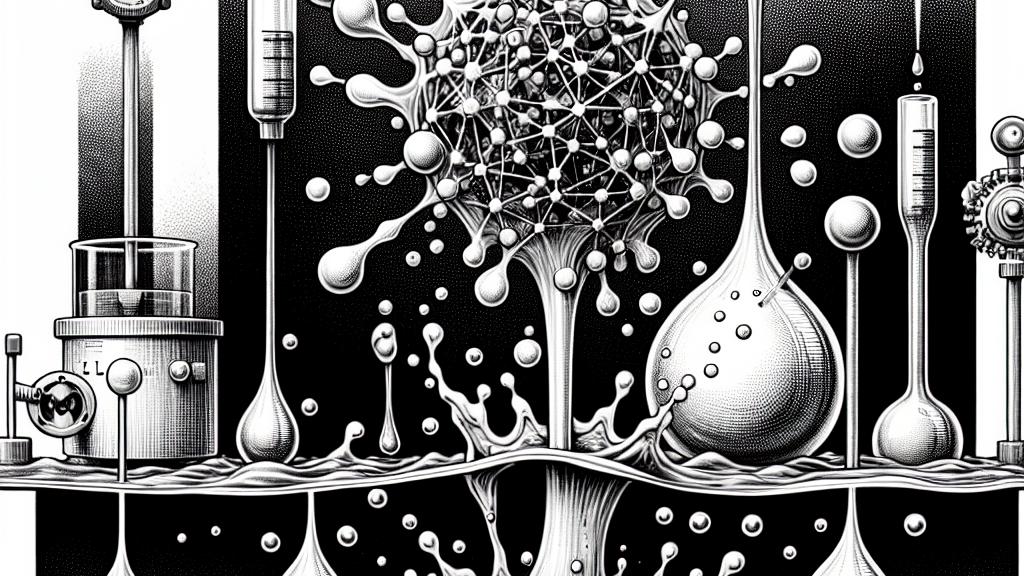How AI Can Understand Splashing Drops with Amazing Precision
Overview
- Revolutionary research from Tokyo University uses advanced AI to explore splashing drop behaviors.
- This innovative AI model showcases an impressive classification accuracy of up to 100% in specific scenarios.
- Understanding these splash dynamics can significantly enhance technology and public health safety.

Harnessing AI to Analyze Droplets: A Game-Changer
Have you ever wondered how drops behave when they hit a surface? In Japan, researchers at the Tokyo University of Agriculture and Technology have tackled this question with a groundbreaking AI system designed to analyze splashing behavior. This isn't just a matter of scientific curiosity; the implications are vast. For example, understanding how droplets splash can help improve the quality of printing processes by preventing defects caused by unwanted splashes, and it can even play a role in controlling the spread of airborne viruses. The AI model achieves striking accuracy rates—92% for lower-viscosity liquids like water and an impeccable 100% for more viscous substances such as honey! Harnessing high-speed cameras, researchers can capture moments of impact with incredible precision, allowing the AI to study the behavior of drops at various critical instances.
The AI's Insight: Explaining Splash Behavior
What sets this AI apart from others is its ability to explain its analytical process. Traditional AIs operate like enigmatic black boxes, leaving users in the dark about how decisions are made. However, this innovative model provides clarity by visualizing its reasoning. Researchers, including Professors Tagawa and Yamanaka, can interpret the AI's perspective, pinpointing key moments in the videos that influence its classifications. For instance, when low-viscosity liquids splash, the AI identifies distinguishing features almost immediately. Conversely, with high-viscosity liquids, the differences become apparent as the splash evolves over time—illustrating a dynamic process that is both fascinating and educational. By revealing these details, the research team equips scientists and engineers with valuable insights necessary for designing advanced materials and improving technological systems. In essence, this work not only enriches our understanding of fluid dynamics but also opens up avenues for practical innovations that can greatly enhance safety and operational efficiency in various applications.

Loading...